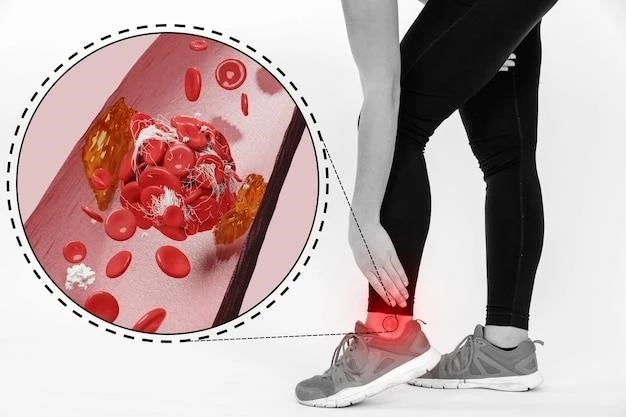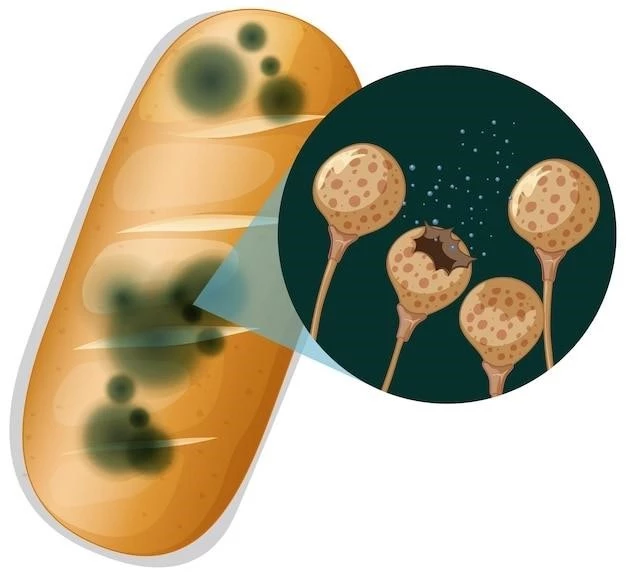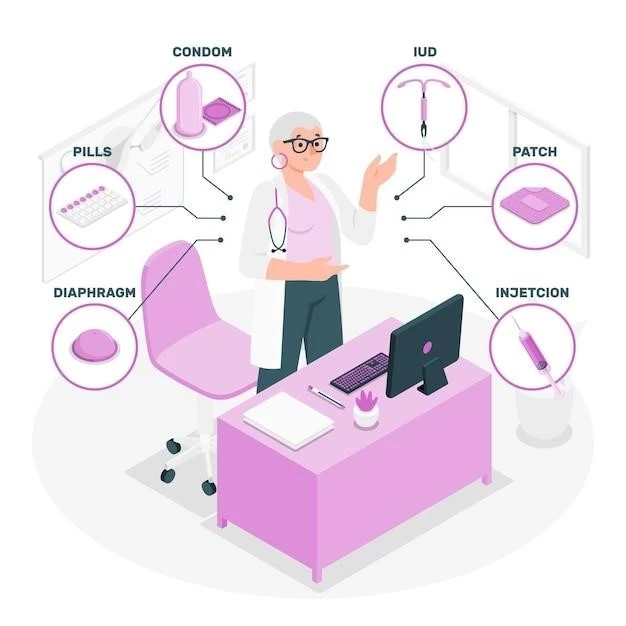Introduction to Pyoderma Gangrenosum
Pyoderma gangrenosum is an ulcerative disorder that falls into the category of neutrophilic dermatoses. It is not caused by infection or gangrene and should not be confused with pyogenic granuloma.
What is Pyoderma Gangrenosum?
Pyoderma gangrenosum is an ulcerative disorder that falls into the category of neutrophilic dermatoses. It should not be confused with pyogenic granuloma and is not caused by infection or gangrene. The disorder is characterized by painful ulcerations that rapidly progress, often affecting the legs.

Clinical Presentation and Symptoms
Pyoderma gangrenosum typically presents as rapidly enlarging, extremely painful ulcers, often affecting the legs. The lesions may have undermined edges and a violaceous appearance.
What is Pyoderma Gangrenosum?
Pyoderma gangrenosum is an ulcerative disorder categorized under neutrophilic dermatoses. It is unrelated to infection or gangrene and is distinguishable from pyogenic granuloma. The condition presents with painful rapidly enlarging ulcers, commonly affecting the legs.
Rapidly Enlarging Painful Ulcers
Pyoderma gangrenosum presents with extremely painful ulcers that rapidly enlarge, often on the legs, with undermined edges and a violaceous appearance.
Involvement of the Immune System
Pyoderma gangrenosum is thought to involve dysregulation of the immune system, particularly altered neutrophil chemotaxis. This rare ulcerative skin condition often occurs in conjunction with systemic diseases in affected individuals.
Diagnosis and Prognosis
No specific test confirms pyoderma gangrenosum, diagnosis is based on clinical evaluation n ruling out similar conditions. Prognosis generally good but may recur, sometimes leading to scarring.
Challenges in Diagnosis
Diagnosing pyoderma gangrenosum can be challenging as there is no specific test for confirmation. Diagnosis is based on clinical evaluation and ruling out similar conditions. Additionally, the rapid progression and variability of symptoms add complexity to accurately identifying this rare ulcerative skin disorder.
Treatment Options
Management of pyoderma gangrenosum may involve corticosteroids, immunosuppressants, biologic agents, and wound care strategies for optimal healing and symptom control.
Medications and Therapies
Treatment for pyoderma gangrenosum may involve various medications such as corticosteroids, immunosuppressants, biologic agents, and wound care strategies. These approaches aim to promote healing, reduce inflammation, and manage symptoms associated with the condition.

Research and Future Perspectives
Research on pyoderma gangrenosum involves investigating new medications, improving diagnostic methods, and understanding the complex pathogenesis and associations with systemic diseases.
Drugs in Development and Epidemiology
Research on pyoderma gangrenosum involves exploring new medications and therapies to improve treatment outcomes. Epidemiologically٫ this rare condition affects approximately 1 person in 100٫000 individuals.
